It is 39 metres across the Barton Park junction cycling from Barton Park to Northway, and 46 metres going the other way, measuring the distance from the stop line to the edge of the far-side A40 traffic lane. Analysis of the signal timings reveals that the time allocated for crossing this - the "intergreen" between the green light for buses and cycles ending and the green light for motor traffic on the A40 starting - is the same in both directions, just 8 seconds.
"Cycle Infrastructure Design" (LTN 1/20) suggests intergreen periods of 11 and ?13 seconds here (table 10-4 doesn't go past a 36m wide junction), taking into account acceleration times but assuming the amber period is safe and using a design speed of 20km/hr (12mph) - which seems too fast, given at least half the people in Oxford cycle slower than that. Taking into account the existence of children and slower adults would suggest intergreens of at least 13 seconds and 15 seconds. (The risks of "amber gambling" are best minimised by reducing the speed limit and using cameras to enforce that.)
In any event, the current 8 second intergreen interval is inadequate in both directions; it appears to have been set so as to get one bus across the junction. In a presentation three years ago I wrote "five seconds should be added to the time allowed for buses and cycles to get from Northway to Barton Park", and that seems to have been pretty much spot on. In addition to lengthening the intergreen, video cameras could be used to keep the A40 lights red for longer if anything is detected moving across the junction, as at the crossings at the Kidlington roundabout.
Cycling across the junction is also made more stressful because there are no far-side lights. One is left in the middle of a vast expanse of asphalt, potentially with nothing else moving, and no way of telling when the motor traffic on the A40 will get green, or indeed whether it already has.
People cycling can use the crossing instead. But that is a standard pedestrian crossing onto which cycling has been added as an afterthought. It is not designed as a cycle crossing and fails to provide for intuitive, direct and expeditious movement, as can be seen by the route involved.
Even off-peak crossing times can exceed two minutes.
There are major concerns about safety at the crossing, and cycling across it is not obviously safer than using the carriageway: the risks from drivers running red lights are probably similar, visibility may be worse, and one is exposed for ten or twenty times as long (noting that there have been several incidents in which motor vehicles have collided with the street furniture on the islands). In addition, using the crossing northbound involves reentering Barton Fields Rd across two-way motor traffic, with no indication to drivers to expect people doing that. If riding a long cargo bike or child-in-front tandem it is almost impossible to access the call buttons at the crossings without either dismounting or protruding onto the carriageway. And there are several places with possible conflicts between people walking and cycling.
There is also a major wayfinding problem. That a cycle crossing even exists is not at all obvious to someone who has no local knowledge. Coming from Northway, the bus lane has a cycle symbol and "AHEAD" under a straight on arrow, but there is nothing suggesting people cycling can use what looks from a distance like a standard pedestrian crossing. Coming from Barton Fields Rd, there is again no marking at the point people cycling would have to go onto the footway to get to the crossing. (Note also that the signs and road markings coming out of Barton Park are wrong, as cycling is permitted here, as in all the other bus lanes in Oxford - the Traffic Regulation Order covering this is quite clear.)
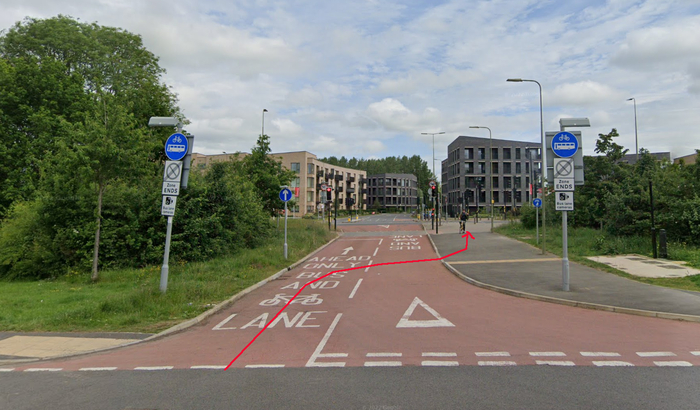
approaching the junction from Northway
|
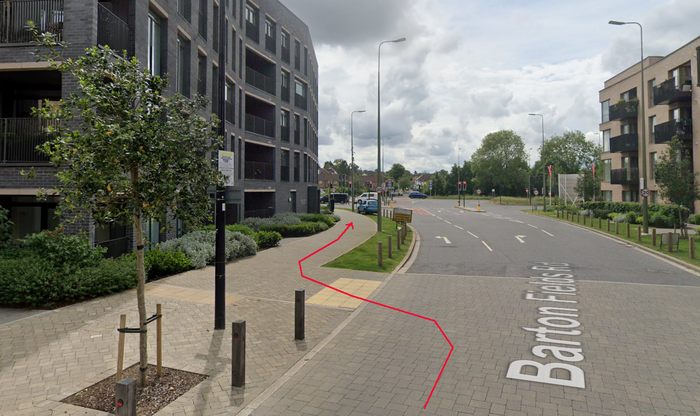
approaching the junction from Barton Park
|
Given the poor quality of the crossing, some people are always going to cycle on the carriageway here, so that needs to be safe.
There is no good option for this junction. It should have had either an underpass or a bridge, keeping people walking and cycling entirely separate from motor traffic, and in the absence of grade-separation there is only a choice of bad options. Given the county's commitment to Vision Zero and to walking and cycling, we feel that imposing delays on motor traffic on the A40 is the least worst of these.
The speed limit should be dropped to 30mph at the crossing and on either side, and enforced with speed cameras - and changes made to the layout to make lower speeds seem natural (narrowing the lanes, for example). And the signal times need to be changed to provide for safe and expeditious walking and cycling, both using the crossing and cycling on the carriageway. More expensively, in the longer-term the crossing should be rebuilt as a parallel "sparrow" crossing, with the approaches on either side redesigned to provide clear, easy and direct cycle connectivity.

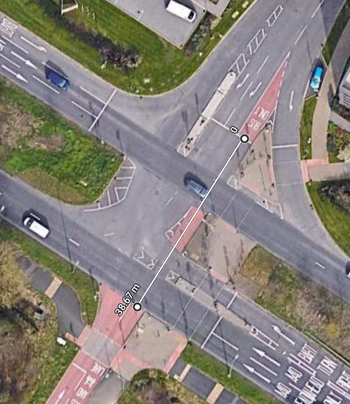
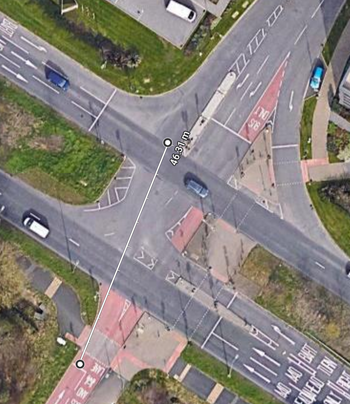
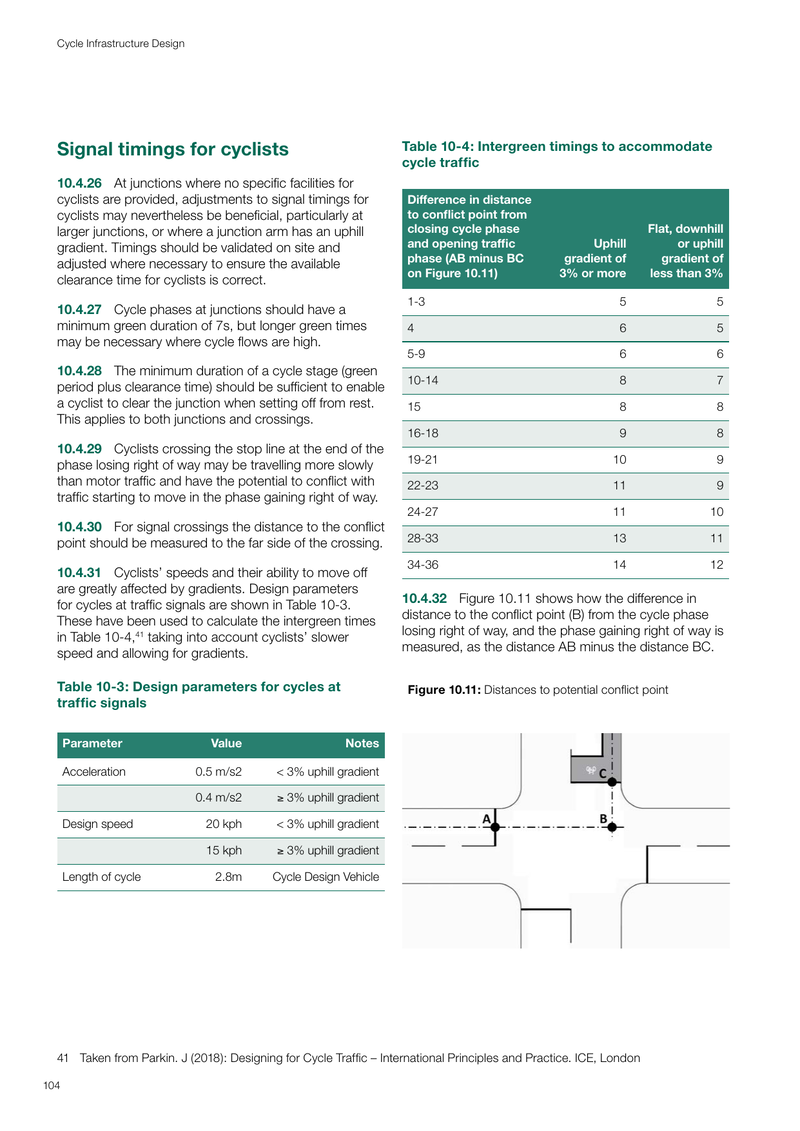
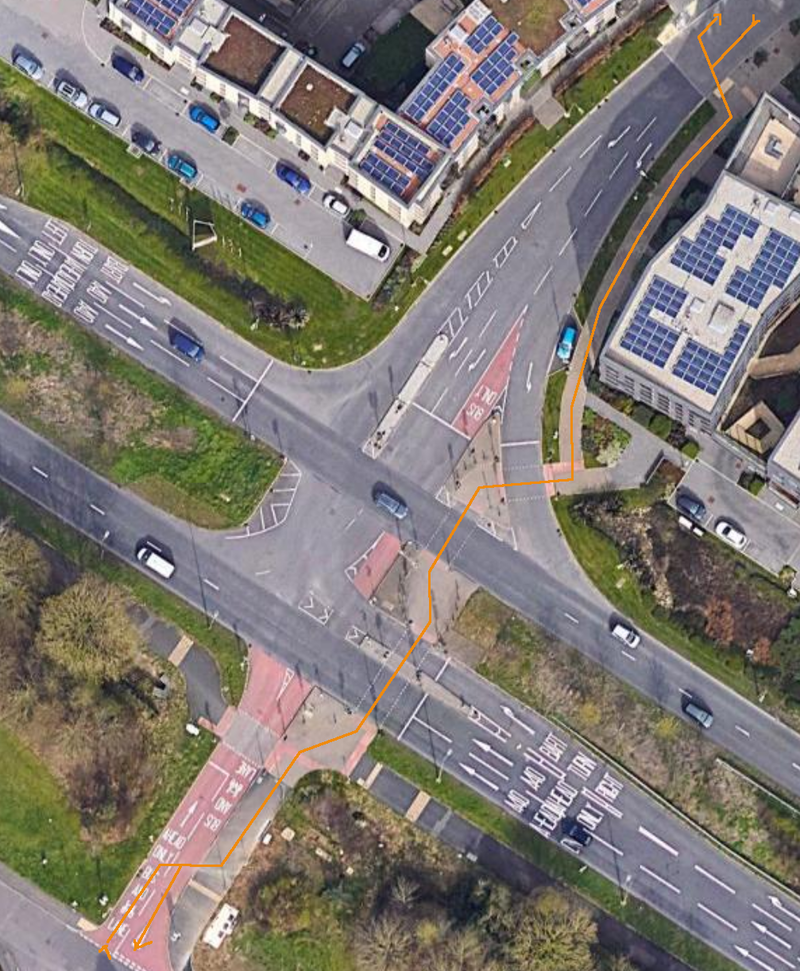
If you need to cycle at 12mph in order to cross that junction before cars start to move again I definitely need to avoid using it. Even on an electric bike I don't reach that speed on a flat surface.
The traffic light phasing urgently needs to be changed.
I've not cycled that junction, but even as a fast pedestrian those crossings feel stressful and tight on timing.